 Safaris
Bergsteigen
Wandern
Inselwandern Weltweit
Safaris
Bergsteigen
Wandern
Inselwandern Weltweit
 Europa
Inselwandern
Europa
Inselwandern
 Städtewandern
Städtewandern
 Paintings
Paintings Dirk Rauschenbach
Dirk Rauschenbach
 Safaris
Bergsteigen
Wandern
Inselwandern Weltweit
Safaris
Bergsteigen
Wandern
Inselwandern Weltweit
|
 Europa
Inselwandern
Europa
Inselwandern
|
 Städtewandern
Städtewandern
|
 Paintings
Paintings |
 Dirk Rauschenbach
Dirk Rauschenbach
|
|
zurück Peru
Back Panamericana Nascaoverwiew
Panamericana (englisch Pan-American Highway,
spanisch Carretera Panamericana
Panamericana verläuft auf zwei Wegen in
Peru n.Chile The
Panamericana Highway (also
known as the Pan-American Highway)
is a network of roads
that stretches across the entire
Americas, from Alaska
in the United States to
Ushuaia in
Argentina. It is one of
the longest continuous road systems in the world, connecting
North America,
Central America, and
South America.
Length and Scope:
Route:
Countries and Regions:
Notable Segments:
Cultural and Scenic
Importance:
Tourism and Travel:
Challenges:
Famous Stops Along the
Panamericana: The
Panamericana Highway
is a remarkable, nearly
19,000-mile long network of roads that stretches from
Alaska to
Argentina, passing
through a diverse array of landscapes and cultures. Although it’s
interrupted by the Darien Gap,
the highway offers some of the most scenic and adventurous road trips in
the world, making it a must-experience for
travelers and
road trip enthusiasts.

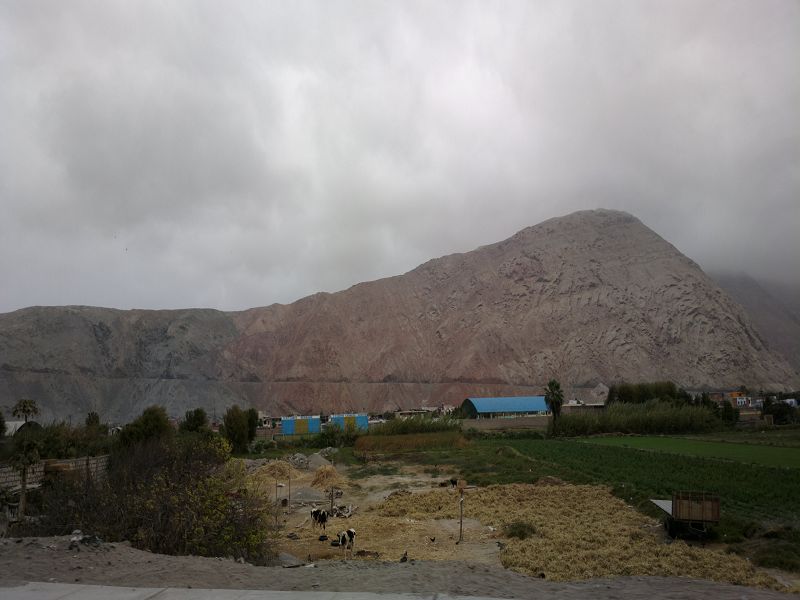
Panamericana Peru Camana
Panamericana Peru
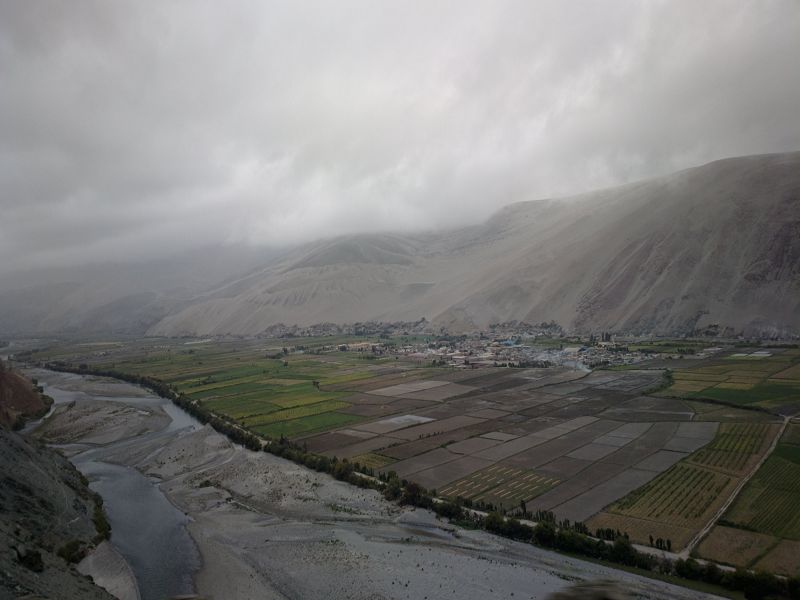
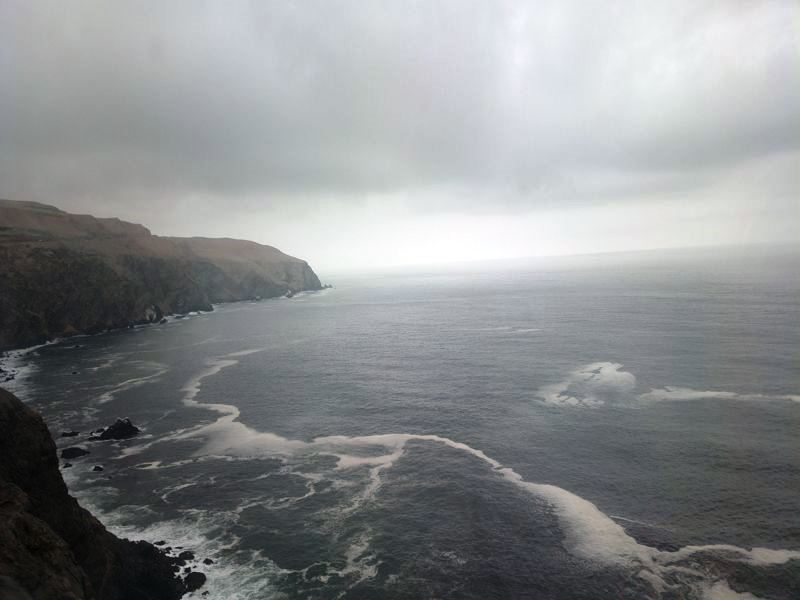
Panamericana Peru fruchtbares Tal
Panamericana Peru
unendliche Küstenstrasse

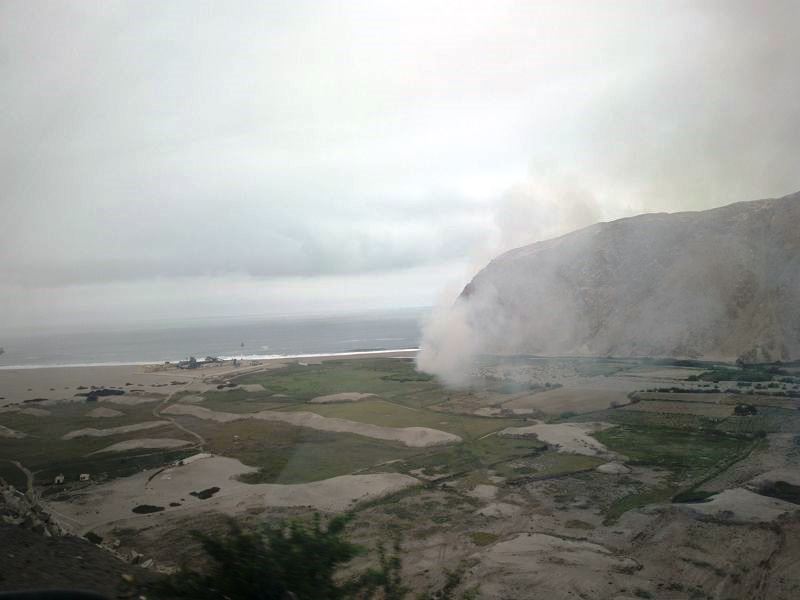
Panamericana Peru Tunnel mit Überraschungen
Panamericana Peru
Fischfabrik

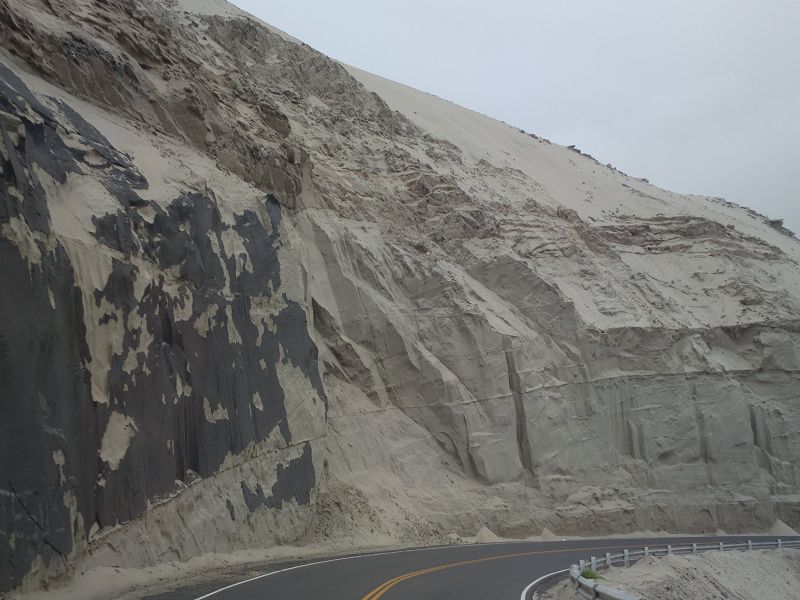
Panamericana Peru
Panamericana Peru
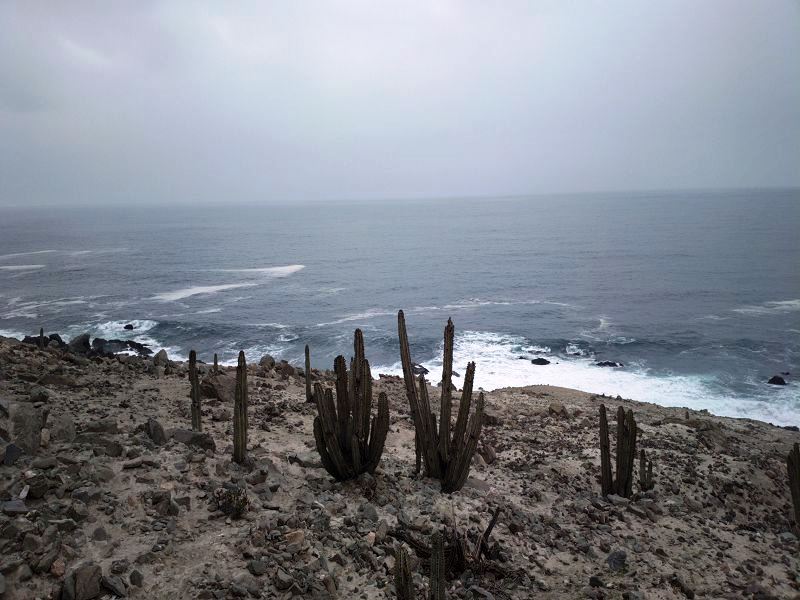
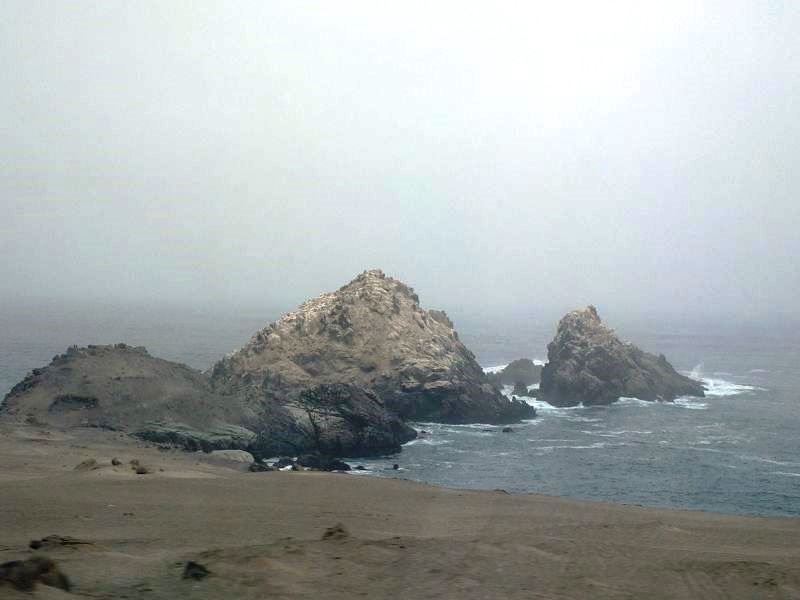
Panamericana Peru Küstenklima gut für Kakteen
Panamericana Peru
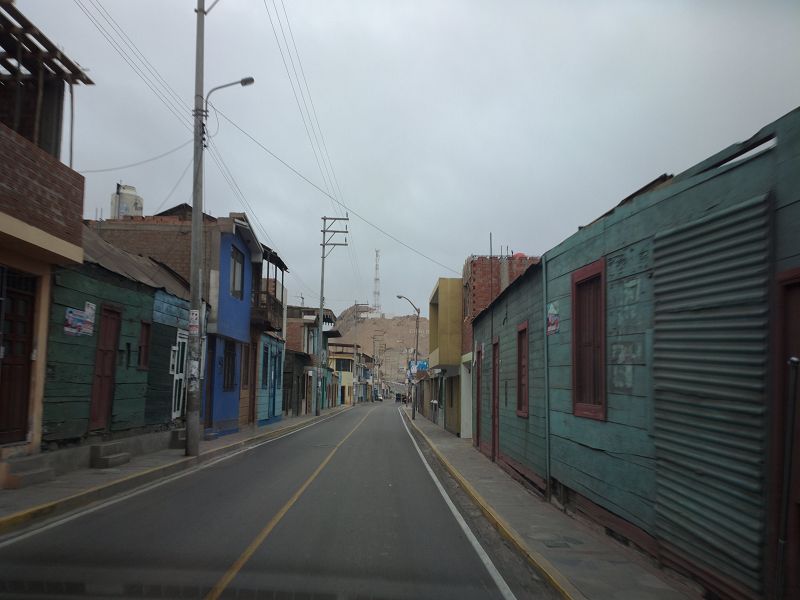

Panamericana Peru
Panamericana Peru
#pan-american #highway #spanisch #carretera #panamericana #car #germany
#mercedesamg #deutsch #road #mercedesbenz #street #deutschland #urbanart
#amg #drive #essen #truck #mbfanphoto #cars #spanish #bmw #mercedes
#speed #lecker #stickers #affalterbach #sportscar #español #transport
Pan-American Highway
Key Facts about the
Panamericana Highway:
Summary:
![]() 26.07.25 Copyright Dirk
Rauschenbach Koelnerstrasse 293 51702 Bergneustadt
Datenschutzerklaerung 02261 9788972 Mail ccooly(
at) web.de
26.07.25 Copyright Dirk
Rauschenbach Koelnerstrasse 293 51702 Bergneustadt
Datenschutzerklaerung 02261 9788972 Mail ccooly(
at) web.de